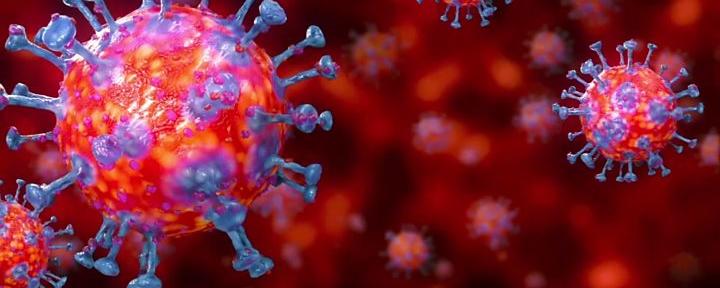
What About The Rona?
Posted on May 1, 2020
One day soon, the world will pull through the coronavirus crisis. When that day arrives, will we go back to the world as it was before, or will we aim for a safer, more sustainable and socially responsible world?
I am extremely proud of the role health and safety practitioners have played in building up our society over the previous forty-five years. Especially when seen against the injuries and deaths caused either on the roads, at home, or during sports. But, it saddens me to consider how the years of development in safety thinking have been cast aside during this coronavirus pandemic, and I’m sure those who seek to undermine safety measures on a daily basis will refer back to this time, asking “what about The Rona? It wasn’t like that then.”
Occupational health and safety has been relatively successful. It, along with society in general, has continually improved health and safety expectations and standards year after year. It achieves its success by being simple: the employer provides a safe place and system of working; and the worker co-operates with the employer, by reporting concerns and not undermining management’s efforts via their actions.
During the coronavirus pandemic, many employers failed to provide the safe place or system of work anywhere near the standard that has been expected for many years. Management will have carried out risk assessments, which would be expected to include what is necessary during a pandemic. Contrary to what some believe, this current situation was not unforeseen – otherwise, why do we have epidemiologists (who dedicate their careers to the study and analysis of health and disease conditions). The threat could have been by a deliberate release of poison from a terrorist, a poorly bat or a dozen other sources – many possible scenarios have been thought about.
The risk assessments undertaken at global level by the World Health Organisation (WHO) and the United Nations, supranational institutions (NATO, European Union, Commonwealth) national governments, government departments, the NHS, care providers, local authorities, transport operators and many others would all have identified control measures that they should have in place. Unfortunately, some have been found wanting. I suppose this could be expected from some (there are far more key workers than I had envisaged). Safety professionals have spent years calling for risk assessments, reviews, practice of emergency procedures, identification of lessons learnt and taking action to reduce loss – this is what works.
When key workers are unnecessarily exposed to risk of disease by their work activity, their employer should be the first to answer. I would ask – was the worker provided with a safe place and safe system of work? Including the working environment, working practices and required equipment to do their job safely?
I would like to say at this point, I am humbled that so many people have continued to work even when they are fully aware of the unsafe conditions, to ease the challenges faced by others. These people must be protected.
If a review of assessments or practice exercises indicated employers did not have the tools and equipment to cope in a situation such as this, they should have reported their concerns with the next entity up the path of funding and accountability. They let their employer know. If this has been done, where does the buck stop? As with all incident investigations, varying degrees of responsibility lie at several doors. Please do not let it be with the worker, especially when the policy maker, the funder, the government and the electorate all must look at themselves in the mirror on this.
If we do not hold those in the highest office to account for the illness and death of our key workers, we will forever be open to turning a blind eye to our responsibilities when it suits. Health and safety is always important, occupational health and safety professionals need to stand up for what they believe and identify the root cause.
All the best,
Steve Wallace
Managing Director
